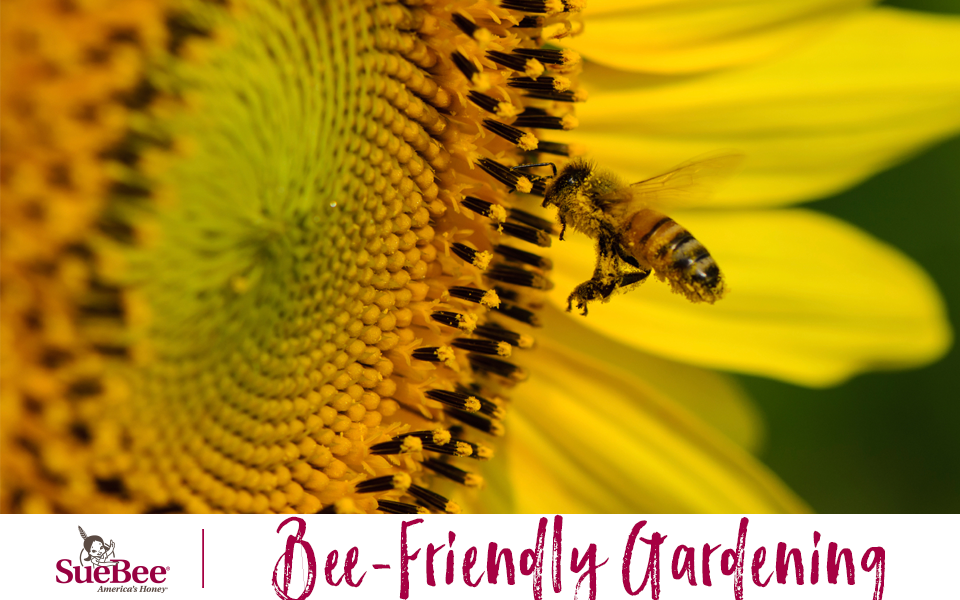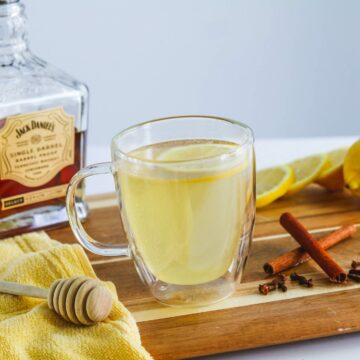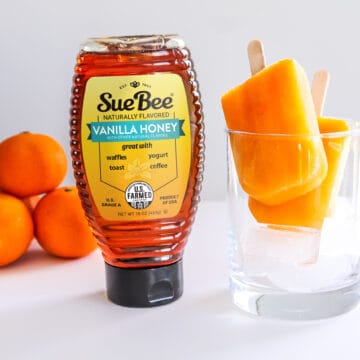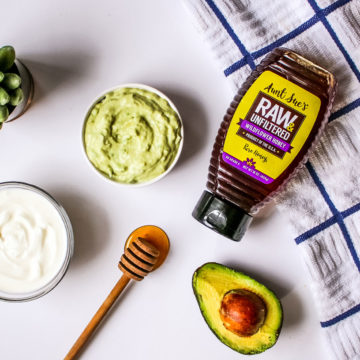Bee-Friendly Gardening
Ah, spring. Flowers are blooming and bees are buzzing. Besides sprucing up your garden for pretty views, flowers can also help save the U.S.A honeybee – one bee-friendly plant at a time.

Here are 10 plants that will add a dash of color to your landscape while also creating a meal for the honeybees.
Black-eyed Susans are classified as biennials or short-lived perennials. They are hardy plants that thrive in full sun but will also grow in partial or bright shade. Honeybees visit this flower for nectar and, in the process, move pollen from one plant to another, which allows black-eyed Susans to reproduce.
Black-eyed Susans freely self-seed and are so hardy they can grow efficiently in almost any condition, earning the term “pioneer plant.”
Bluebell flowers, both English and Spanish, bloom season after season and will gradually increase in number. The flower is a mix of color ranging from deep purple to pinks, whites and blues. Each plant can produce up to 100 tiny bell-shaped flowers that emit a sweet aroma. Bluebells are especially helpful to honeybees because they bloom in spring and provide an early food supply.
For best results, water bluebells frequently over the fall and winter. During the summer divide the plants once the blooms have gone dormant.
Cosmos are semi-hardy plants that originated in Mexico. They can reach 2- to 5-feet tall when fully grown. Cosmos are an excellent source of pollen for honeybees. Growing these flowers in clusters will make it easier for the bees since they won’t have to fly as far for food.
Overwatering and overfertilization can lead to cosmo plants with fewer flowers.
Lavender is even easier to care for than it is beautiful. Honeybees are especially attracted to lavender because of its rich nectar. Another attractive feature that draws honeybees are the flowers that fill the midsummer gap, when other flowers aren’t in bloom. All that lavenders need is plenty of sun and well-drained soil.
Water lavender sparingly since overwatering in the spring is the main cause of growth failure.
Bonus: You can also whip up honey and lavender recipes with this plant!
The vibrant purple and bluish petals of lilacs are appealing to both humans and honeybees. The color attracts honeybees in search of pollen and nectar, both of which the lilac shrubs provide. Since the flowers grow in tight clusters, honeybees can obtain more nectar without having to fly greater distances. Lilacs are easy to grow if given plenty of water and sun.
To really pump up the enticement for honeybees, plant your lilacs in a sunny area while keeping them close together to create a bigger target area for bees.
Penstemons bloom by the end of July. The flowers can be grown as a border, in a garden bed or even in pots. The shape and color of the flowers are an adaption to attract pollinators, and the flower types relate to the different pollinators that visit the plant. Honeybees visit penstemon to gather pollen first, then nectar.
Honeybees pollinate about four-fifths of penstemon varieties (the ones with white, blue or purple flowers). Hummingbirds pollinate the remaining fifth that have red or pink flowers. However, bees are considered their co-pollinators and will also pollinate these varieties.
Even though poppies don’t produce nectar, they’re still extremely attractive to honeybees because of their pollen supply. Poppies open as nice flowers for pollination ease. These flowers are extremely easy to grow, and you can save seeds to regrow the next year.
As a general rule of thumb, poppies tend to grow best when they receive at least six hours of sunlight a day.
There are many varieties of sunflowers, available in many heights and colors, for gardeners to enjoy. Sunflowers are easy to grow and can climb up to 15 feet tall, depending on the variety chosen. These flowers also provide honeybees with both pollen and nectar. Honeybees are attracted to yellow or orange over the red varieties.
When purchasing sunflowers for your garden, beware of the new hybrid plant for allergic gardeners, which don’t have pollen.
Tansy is a perennial plant that blooms mid to late summer. The flowers have a golden-yellow, button-like appearance. Tansy provides honeybees with both nectar and pollen.
The tansy’s leaves and flowers are toxic when consumed in large quantities, so be cautious when planting around animals.
Verbenas are long-lasting, hardy blooms that can withstand the hottest days of summer, even droughts. This flower is extremely versatile and thrives in hanging baskets, rock gardens and window boxes. Verbenas are both annual for seasonal climates and perennial in warmer areas. Since the verbena’s bloom extends into the summer, the flowers provide a dependable feast for honeybees.
Verbenas need eight to 10 hours of sun each day. If they don’t receive this amount of sun exposure, they may develop a powdery mildew.
Aside from planting bee-friendly plants in your garden, there are a number of other steps you can take to further help the American honeybee. Limiting pesticide use as much as possible in your garden will ensure both bee health and safety. If you do need to spray, try to avoid insecticides and spray in the evening after bees have dined for the day.
Providing a shallow source of water also benefits honeybees, allowing them a spot to drink when thirsty. Make sure it is extremely shallow to avoid drowning.
There are more than these 10 flowers that honeybees and gardeners love, so which of your favorites did we miss? Share them with us on Facebook, Twitter or Instagram!














